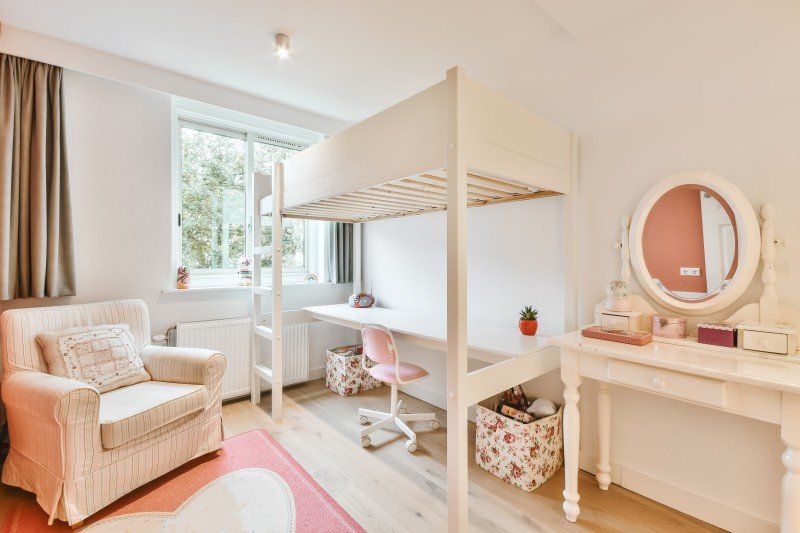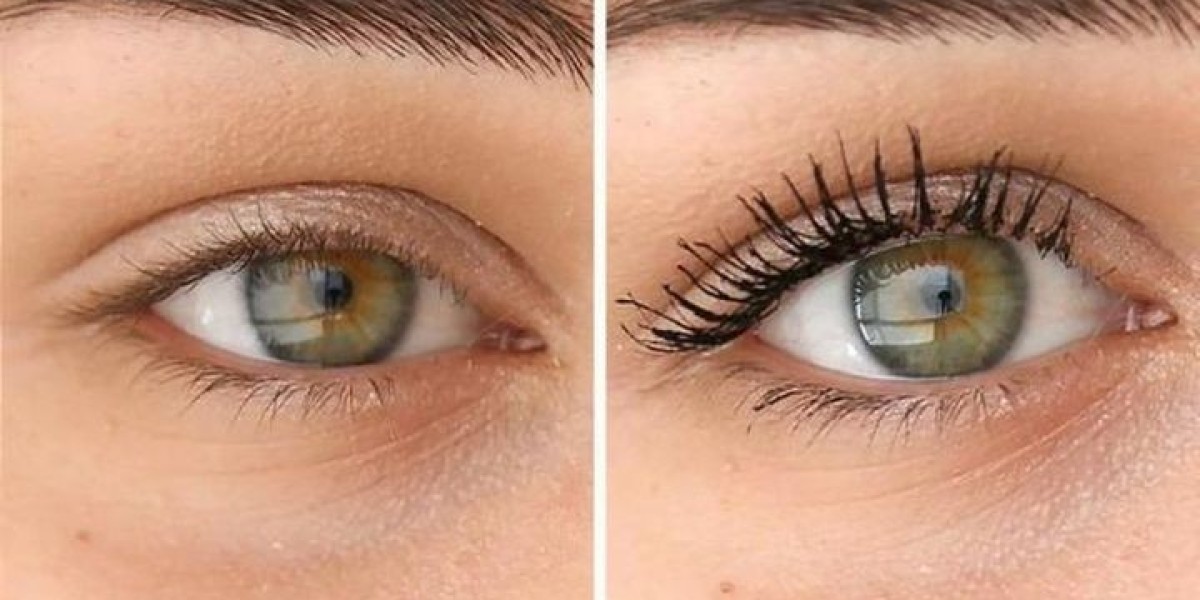The Ultimate Guide to Kids Bunk Beds: Maximizing Space and Fun
With the rise of vertical living and smaller spaces, the appeal of bunk beds has soared among families. Bunk beds not just offer a practical sleeping solution, specifically in shared rooms, however they likewise bring an element of fun into a child's life. This detailed guide looks into the features, advantages, and factors to consider of kids' bunk beds, making it much easier for parents to pick the right bed for their little ones.
Functions of Kids Bunk Beds
Bunk beds are flexible furniture pieces that serve more than a single function. Here are some key functions to think about:
| Feature | Description |
|---|---|
| Product | Bunk beds can be constructed from wood, metal, or a combination of both, offering differing levels of resilience and style choices. |
| Security Features | The majority of bunk beds come equipped with guardrails, secure ladders, and capped supports for security, particularly crucial for young kids. |
| Design Variety | Choices vary from timeless styles to modern-day styles, guaranteeing a match for any space design. |
| Space-Efficiency | adult bunk bed beds utilize vertical space, making them ideal for smaller sized rooms. |
| Convertible Options | Some models can be transformed into two different beds, providing versatility as kids bunk bed grow. |
| Storage Solutions | Some bunk beds include built-in storage drawers or shelves, assisting to keep the space organized. |
Benefits of Kids Bunk Beds
Purchasing a bunk bed includes numerous advantages:
- Space Saving: Bunk beds make the most of flooring space, permitting for more backyard or storage services.
- Enjoyable Factor: With a bunk bed, kids have a location that fosters creativity and friendship during slumber parties or playdates.
- Cost-efficient: Instead of buying two separate beds, a bunk bed can accommodate 2 kids at when, saving money in the long run.
- Adaptability: Many good bunk beds beds can be dismantled or converted into twin beds, making them a long-term investment as kids's requirements change.
- Social Interaction: Bunk beds encourage family bonding and relationships, supplying an inviting space for children to share stories and laughter.
Factors to consider When Choosing a Kids Bunk Bed
When choosing the ideal bunk bed for a child, parents must take into account numerous aspects:
- Safety Standards: Ensure that the uk bunk beds bed complies with safety regulations and features vital safety features.
- Age Appropriateness: Different designs cater to various age groups. For example, conventional bunk beds may not be suitable for younger children.
- Room Dimensions: Measure the bed room to guarantee the bunk bed fits properly, permitting space to walk around conveniently.
- Weight Capacity: Consider the weight load of each bed and ensure it accommodates the child's weight easily.
- Style Preferences: Letting children take part in the choice process can assist them feel more thrilled about their new bed.
Kinds Of Kids Bunk Beds
Bunk beds are available in various designs and setups to suit numerous requirements:
| Type | Description |
|---|---|
| Requirement Bunk Bed | A timeless design with one bed stacked on top of another, generally using a ladder to access the leading bunk. |
| L-Shaped Bunk Bed | Features two bunk beds linked in an L-shape, often more roomy and appropriate for kids sharing a room however needing a bit more space. |
| Triple Bunk Bed | Makes up three stacked beds, ideal for making the most of sleeping arrangements in very limited spaces. |
| Loft Bed | A raised bed with space underneath that can serve as a backyard, research study corner, or extra storage. |
| Futon Bunk Bed | Combines a bunk bed on the top with a futon or couch below, making it great for pajama parties and making the most of room usage. |
| Convertible Bunk Bed | Can be separated into two specific beds, offering flexibility as kids's requirements alter. |
Caring for Kids Bunk Beds
Preserving bunk beds is crucial for ensuring longevity and safety. Here are some simple care practices:
- Regular Inspections: Check the bed regularly for loose screws and tightened bolts to guarantee stability.
- Tidiness: Keep bed linen clean and fresh, rotating mattresses for even wear.
- Guardrails: Ensure guardrails are safe and in location, especially if kids tend to move around a lot in their sleep.
- Air Circulation: Ensure the bed has sufficient air flow, avoiding wetness accumulation that can cause mold or mildew.
FAQs About Kids Bunk Beds
Q1: At what age can a child safely use a bunk bed?

A1: Generally, children aged 6 and older are considered safe to utilize the upper bunk due to the height and stability aspects involved.
Q2: Can I put a bunk bed near a window?
A2: It is suggested to avoid placing a bunk bed near windows to minimize the threat of falling or injuries.
Q3: Are bunk beds safe for younger children?
A3: While some modern-day bunk beds feature safety features accommodating younger children, it is typically suggested to wait till they are older, generally over 6 years.
Q4: What is the common weight limitation for top bunks?
A4: Weight limits differ by model however typically range from 150 to 250 pounds. Constantly refer to the maker's specs.
Q5: How often should I check the bunk bed's safety features?
A5: It is suggested to perform a safety check every couple of months or whenever you discover any signs of wear.
Kids' bunk beds serve as a tactical option for households wanting to take full advantage of space while offering an enjoyable and interesting sleeping environment for their children. With a range of options available-- from standard designs to loft beds-- moms and dads have the flexibility to choose something that meets their household's specific requirements. By considering crucial aspects such as safety, space suitability, and their kids's preferences, moms and dads can make an informed choice, ensuring that each child is delighted about bedtime while taking advantage of a well-organized space.








